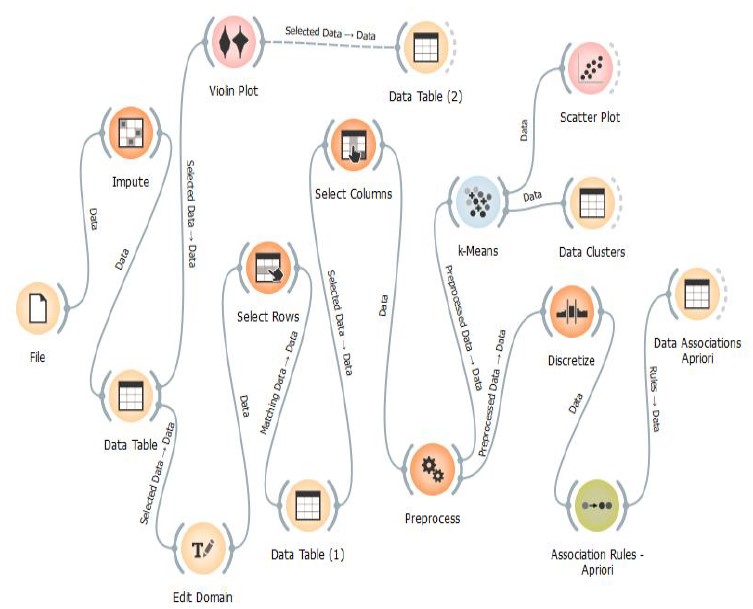Clustering and Association Rule Mining for Retail Prices of Staple Goods and Commodities in Bukittinggi and Padang
##plugins.themes.academic_pro.article.main##
Abstract
Price changes are critical indicators of economic dynamics and government policies. This study uses clustering and association rule mining techniques to analyze retail price data of staple goods and commodities in Bukittinggi and Padang from 2017 to 2023. The K-Means algorithm identified significant price patterns, validated by high silhouette scores, revealing distinct clusters that illustrate regional price trends. The Apriori algorithm uncovered strong correlations between commodity prices, such as the relationships between salt and cement and between salt and flour, indicated by high confidence and lift values. These findings provide valuable insights into price behaviours and can inform decision-making in price management and policy formulation. The results demonstrate the potential of data mining techniques to enhance understanding and optimization of regional economic stability, offering a robust approach to analysing complex price data. This information can help local governments make better decisions and manage prices more effectively. Additionally, this study underscores the importance of in-depth data analysis to understand price patterns and develop more effective price management strategies in the future. For further research, it is recommended to explore long-term price trends and external factors affecting prices, as well as to apply other machine learning methods and expand the research to other regions for comparative price dynamics.

